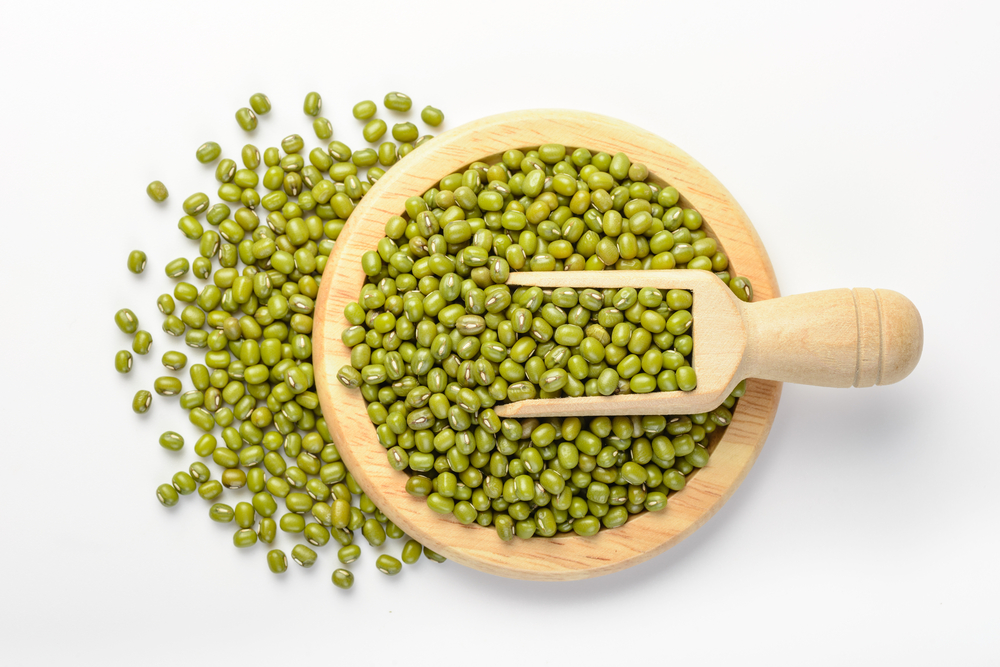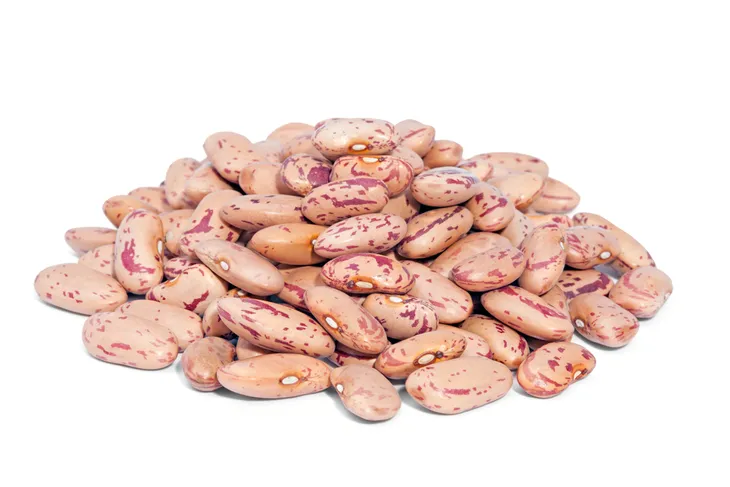Do you tend to stick to the same dried or canned black and kidney beans every time you make chili or soup? It’s time you lived a little—and tried out the many fewer known yet nutritionally-rich beans that go beyond navy, kidney, and classic canned brown beans in tomato sauce.
Sample the unique nutritional benefits, colors, flavors, and textures of these six lesser known beans…
Cranberry Beans
While fruit and beans are not a popular combination, the cranberry bean takes its name from it’s crimson, cranberry color. This bean is also flecked with white stripes (or what’s referred to as “mottled” colors) and resembles the kidney bean in basic shape. Akin to most beans, the cranberry bean, offers a huge, fibrous and protein-fueled bang for your buck!
Research from the North Dakota State University Extension, finds that cranberry beans provide adequate protein with fewer calories and bad fat and cholesterol compared to meat. This makes cranberry beans an excellent choice in diets of those wishing to lower their cardiovascular disease, cancer, and diabetes risks.
Orca Beans
Substitute your typical black beans for orca beans in soup and you will be pleasantly pleased by the creamy texture of the mildly potato-like tasting bean. Also called the “calypso bean”, orca beans are the same size as black beans, but they have a distinct black and white speckled color pattern.
Not only are orca beans rich in fiber and iron, which makes them an excellent alternative to meat in soups, salads, sauces, and rice dishes—this heirloom bean is big on presentation. In fact, a dish cooked with orca beans will showcase the stunning black and white markings of the bean in every bite! However, cook them separate and then add them to your dish as they turn water and rice black if prepared together in the same pot.
Chana Dal Beans
If you frequently go out for Middle Eastern fare as much as I do, you’re likely already familiar with the lovely sweet corn taste and crunchy texture of chana dal beans. This ancient legume, and comfort food in India, is actually baby chickpeas that are split and polished.
Considering their hard texture (the deep yellow beans really do resemble small corn kernels) for best results, soak them overnight before cooking. Apart from its incorporation into many Middle Eastern cuisines (i.e., curries, soups, and stews), chana dal takes on the flavor of added spices (i.e., garlic, cardamon, turmeric, cloves, and cumin). Chana dal is also reportedly one of the most easily digested legumes.
Anasazi Beans
If you’re looking for a fast-cooking bean that doesn’t require hours of pre-soaking, look no further than the anasazi bean. This sweet tasting bean with its vibrant red and cream smudges, might resemble a kidney bean, but only in shape.
The anasazi beans were first planted in American Southwest by Native American Indians. What they probably didn’t’ realize at the time, is that this bean shares the protein and fiber benefits akin to other beans, the anasazi is slightly lower in both calories and carbohydrates compared to most beans (i.e., pinto beans), according to research from the U.S. Department of Agriculture.
Mung Beans
While mung beans are only starting to gain notoriety in North America, these slightly sweet, nutty beans have established a long tradition in Korean, Indian, and Chinese dishes. For instance, mung beans are used to make bindaetteok, a popular Korean flat pancake,which resembles a latke or falafel. The bright green bean is quite versatile in Asian cooking—for instance, mung beans can be easily pounded into a paste and used in soups, bean patties, spread, curries, and even to make flour.
However, research from the Feinstein Institute for Medical Research, note that mung beans have amazing anti-inflammatory properties. During a study on laboratory mice, researchers found that mung beans were able to counteract inflammation by inhibiting the release of the protein (HMGB1), which regulates inflammatory response in internal organs (i.e., heart, kidneys, brain, and lungs), and lowers the risk of sepsis.
Adzuki Beans
If you’re feeling stressed, skip the massage and have a bowl of adzuki beans. Alright, maybe have the massage followed by a bowl of these lovely reddish-brown beans with their telltale white stripe. According to a Japanese study published by the National Institutes of Health, not only are adzuki beans a rich source of iron, this legume can help lower serum triglyceride concentrations and fatty deposits in the bloodstream.
There’s little wonder why the adzuki bean is considered king among beans in Asian culture and as part of a macrobiotic diet for its ability to reduce hypertension, cholesterol, and risk of heart attack with zero negative side effects (compared to prescription blood pressure medications). Try adzuki beans in savory dishes and also to make ice cream.









